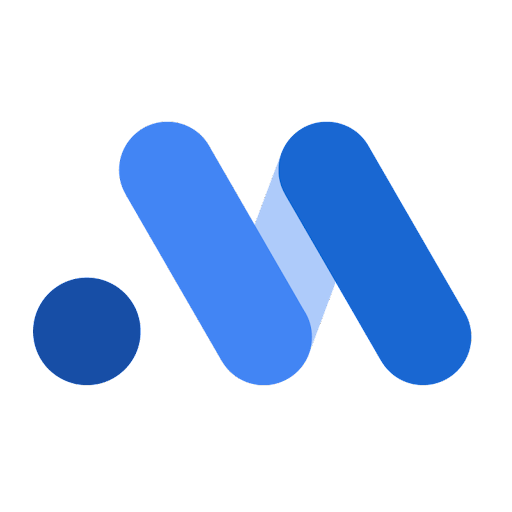对于任何具有覆盖面和频次数据的渠道,都可以选择将覆盖面和频次纳入模型中作为输入。Meridian 会根据提供的数据对每个渠道进行建模,因此您只需输入要以这种方式建模的渠道的覆盖面和频次数据。如需了解详情,请参阅模型规范。
MMM Data Platform 提供 YouTube 的覆盖面和频次数据。如果您有权访问其他渠道的覆盖面和频次数据,也可以使用相应数据。
覆盖面和频次数据
为便于纳入模型,覆盖面和频次数据必须与 KPI 和控制数据具有相同的地理位置级别和时间粒度。
此外:
覆盖面数据应该是在每个时间段内看到频道广告的唯一身份用户数,而不是在连续多个时间段内触达的累计用户数。
频次数据的计算方法应该是:每个时间段的总展示次数除以覆盖面。
覆盖面和频次建模
使用覆盖面和频次是确保广告系列取得良好效果的关键因素,但由于某些传统媒体渠道缺乏准确的覆盖面和频次指标,目前的营销组合模型 (MMM) 往往不会考虑到这一点。通常,MMM 依靠展示次数作为输入,但忽略了如下事实:用户可能会多次看到广告,并且具体的影响可能会因曝光频率而异。为了克服这一局限性,Meridian 提供了相关选项,可根据覆盖面和频次数据(而非单个执行指标)对任何媒体渠道的效应进行建模分析。这种方法可能会更精确地估计营销对业务成果的影响,并有助于根据频次建议优化广告系列的投放。
媒体效应是对预期结果的叠加贡献。对于具有覆盖面和频次数据的渠道, \(i^{th}\)渠道在地理位置 \(g\) 和时间段 \(t\) 的媒体效应可按以下方式建模分析:
其中:
- \(f_{g,t,i}^{[RF]}\) 是平均频次
- \(r_{g,t,i}^{[RF]}=L_{g,i}^{[RF]}(\overset {\cdot \cdot} r_{g,t,i})^{[RF]}\) 是转换后的覆盖面。这是按人口比例和渠道中位数值调整后的值。如需了解详情,请参阅输入数据。
计算这种效应时,应首先对平均频次 \(f_{g,t,i}^{[RF]}\) 应用 Hill 函数,以调整饱和效应。接下来用每个地理位置和周经过 Hill 转换的频次乘以转换后的覆盖面。然后用 Adstock 函数对这些值进行加权,以捕获媒体曝光随时间产生的滞后效应。
根据 Hill 函数,媒体效应是频次的 S 型函数,这意味着出于成本效益考虑,最佳的平均覆盖频次可能大于 1。S 型曲线反映了这样一种直觉:从每次展示所带来的增量效果值考虑,可能存在一个最佳频次。可能需要达到一定的最低频次,才能强化品牌回想;而过高的频次可能会导致用户对广告产生疲劳,造成回报递减。
假设在频次保持不变的情况下,覆盖面与 KPI 之间存在线性关系。这意味着,每多覆盖一位用户,对 KPI 的影响都与之前覆盖的用户相同。只要媒体渠道的覆盖范围不超出其预期目标受众群体,这一假设就是合理的估计,目标受众群体以外的用户可能不太会受到该渠道的影响。线性覆盖面假设还有助于避免出现模型过度形参化、形参不可识别和马尔可夫链蒙特卡洛 (MCMC) 收敛问题。请注意,不要将这种线性效应外推到远远超出数据中观测到的覆盖面值范围。
如需详细了解覆盖面和频次,请参阅纳入了覆盖面和频次数据的贝叶斯分层媒体组合模型。
出于投资回报率考虑假设的频次与出于优化考虑假设的频次之间的差异
出于投资回报率考虑假设的频次与出于优化考虑假设的频次之间存在差异。您可以根据需要调整出于优化考虑假设的频次。
如投资回报率、边际投资回报率和响应曲线中所述,投资回报率衡量的是渠道在 MMM 有数据的时间窗口内执行时的投资回报。渠道的执行方式包括如何在各个地理位置和时间段分配展示次数,还包括该渠道的历史频次。
优化时会假设未来的广告系列会以最佳频次投放,因为频次通常由广告客户掌控,尤其是在数字渠道中。如果最佳频次与历史频次不同,那么从投资回报率来看,采用优化后的预算分配比例时渠道的效果可能与渠道的历史效果不一致。如果当前频次与最佳频次相差甚远,这种情况可能会更加严重。
如果未来的广告系列不以最佳频次投放,您可以使用优化选项来更改假设的频次。这对于无法以特定平均频次执行的渠道很有帮助。
